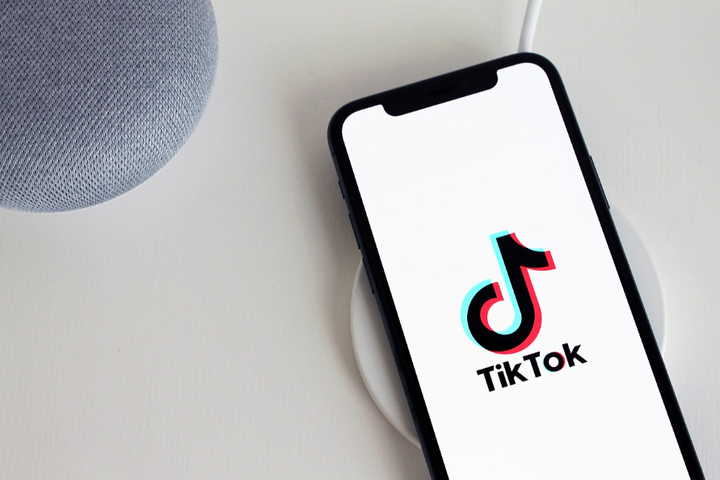The AI race is accelerating in 2025, with major tech players competing to push innovation, reshape industries, and redefine the workplace.
Artificial intelligence is evolving at a breakneck pace, with major tech companies locked in a battle to develop the most powerful, efficient, and cost-effective AI models. Companies like xAI (Grok), OpenAI (ChatGPT), Anthropic (Claude), DeepSeek, and Google are pushing the boundaries of what AI can achieve.
As 2025 unfolds, we can expect rapid innovations, intense competition, and widespread AI adoption across industries. But what does this mean for businesses and employees? Let’s dive into the key developments shaping the AI landscape.
The Battle of AI Giants
The competition between AI leaders is heating up. OpenAI is set to release a new iteration of ChatGPT, likely with improved reasoning and real-time capabilities. Meanwhile, Google’s Gemini, Anthropic’s Claude, and Meta’s latest AI models are all expected to make waves in the industry.
Rumors are swirling that xAI, led by Elon Musk, is gearing up to release Grok 3. If early reports are accurate, this model could challenge OpenAI’s dominance by offering superior reasoning abilities, faster response times, and more advanced capabilities.
DeepSeek, on the other hand, has taken a different approach—proving that powerful AI doesn’t need massive infrastructure to thrive. Their latest model reportedly competes with top-tier AI while using significantly fewer resources, making AI more accessible to smaller companies and developers.
Instead of one-size-fits-all models, we’re seeing a shift toward AI tailored for specific industries. DeepSeek, for example, has demonstrated strengths in technical writing and coding, pointing to a future where AI is custom-built for sectors like healthcare, finance, and legal services.
AI’s Integration into the Workplace
AI adoption is no longer just a possibility—it’s happening now. Businesses are automating repetitive tasks, improving efficiency, and making data-driven decisions faster than ever before.
Microsoft has integrated AI-powered tools like Copilot into productivity software, helping users automate workflows and enhance collaboration. Google is embedding AI into search algorithms, cloud services, and workplace apps like Google Docs and Gmail.
Amazon’s AI fuels everything from Alexa’s voice interactions to logistics and supply chain optimizations, while Tesla employs AI for self-driving technology, manufacturing, and energy management. Meanwhile, Salesforce and IBM continue to invest in AI-powered analytics and automation, particularly in healthcare and finance.
These innovations are reshaping industries, but they also bring challenges—especially as companies navigate the balance between human jobs and AI-driven efficiency.
The Promise and Peril of AI Adoption
AI has the power to transform business operations, but its widespread adoption brings both opportunities and risks.
On one hand, AI enhances productivity by handling time-consuming tasks, allowing employees to focus on high-value work. It improves decision-making with real-time insights and helps businesses cut costs through automation. AI-driven personalization also revolutionizes customer experiences, providing round-the-clock service and tailored recommendations.
However, these advancements don’t come without concerns. Job displacement remains a major issue, especially in industries reliant on repetitive tasks. AI models also risk inheriting biases from flawed training data, leading to ethical dilemmas in decision-making.
Security threats are another growing concern. AI-powered systems can be vulnerable to cyberattacks, making privacy and data protection top priorities for companies adopting AI. Additionally, while AI can save businesses money in the long run, its implementation often requires significant upfront investment in infrastructure and employee training.
Navigating the Future of AI
As AI continues to advance, governments and regulatory bodies are stepping in to establish ethical guidelines. Laws surrounding AI transparency, accountability, and fairness are being introduced worldwide, forcing companies to rethink how they deploy AI solutions.
Businesses that embrace AI must also stay ahead of regulatory changes to maintain trust and compliance. Responsible AI use will be critical in shaping public perception and avoiding legal pitfalls.
With major breakthroughs expected in reasoning, efficiency, and real-world applications, 2025 promises to be a defining year for artificial intelligence. While AI adoption presents challenges, it also offers immense opportunities for those willing to innovate and adapt.
The future belongs to those who can harness AI’s power while mitigating its risks. As this technological race unfolds, businesses must decide—will they lead the AI revolution or struggle to keep up?






Comments ()